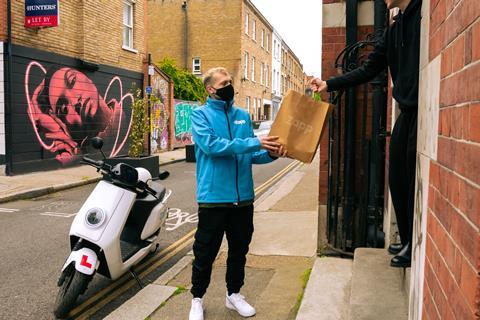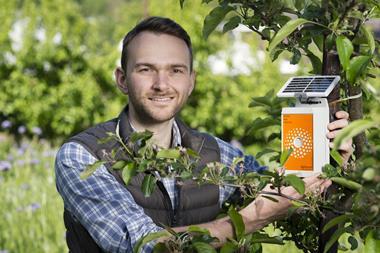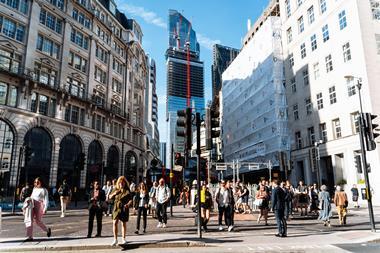
Whilst Deliveroo and Uber Eats have been around for some time, and established themselves as key players in the rapid delivery market, the pandemic saw a huge emergence in last-milers placing focus on their grocery offerings.
With Getir claiming 25% of UK consumers now use quick-commerce offerings, there’s no surprise we’ve seen a flurry of specialist firms such as Zapp, Gopuff and Gorillas enter the UK market to capitalise on growing consumer demand for instant gratification. So as expectations for a sub-15 minute delivery seem here to stay, how will this increasingly competitive industry evolve?
With several q-commerce businesses using aggressive customer introductory discounts, it’s no surprise we’ve begun to see consolidation – with Getir acquiring Weezy, Gopuff acquiring Fancy and Just Eat merging with US competitor GrubHub.
Who will come out on top is yet to be determined. However as business models across the market are broadly similar, and it becomes more difficult to retain a distinguished proposition, the smaller players will seriously need to consider consolidation if they hope to survive. These are the key considerations that will influence success:
Speed: The need for speed existed prior to the q-commerce phenomenon and we don’t see this going away – though the consumer expectation has dramatically shifted. Consumers expect their deliveries within 20 minutes, however does it really matter if your delivery takes 15 minutes rather than 10? Whilst some businesses – such as Gorillas – have firmly opted for speed as a selling point, they risk placing more pressure to deliver within the timeframe, with the possibility of driving up costs and disappointing customers.
Value: For continued growth, it’s crucial prices remain competitive. The target demographic is price-savvy and willing to try all of the q-commerce options available. Therefore, a strong value proposition will be crucial to building loyalty. Jiffy saw success by offering free delivery on every order. However, whether it’s item pricing or loyalty schemes, consumers need to feel they can justify the impulsive order, and that the additional cost is worth the time and effort saved.
Accessibility: Many consumers are turning to q-commerce to avoid a disruption to their date nights, parties or late night cravings. If what they want is not available, they will go elsewhere. Operating outside of the grocers’ core hours will be key to capitalising on this need. Notably, Zapp and Gopuff are aiming to position themselves as the go-to with their 24/7 on-demand offer.
On top of all of these considerations, tech will be of key importance as the battle to offer the fastest delivery intensifies. The future success of businesses within this sphere will rely on them continuing to innovate and provide consumers with greater convenience. The ability to deliver on their promises and keep up with the market demands better logistics and technology.
With Swedish firm Doora already using ‘fully autonomous delivery robots’ to drop its delivery times, it’s likely such innovations will be crucial to future success in the UK too. This isn’t only a consideration for the smaller startups, as we see larger, more established players continue to tackle the challenges of the changing market.
Amazon’s Flex service allows it the ability to utilise small businesses and entrepreneurs to increase its fleet at scale. We’ve also seen Uber lean on technology by investing in drones and machine learning to strengthen its offer, and without doing so, they’ll likely be left behind.
If the above pressure isn’t enough, what we do know is that the landscape will continue to change, and offerings and technology will need to be tailored to the city and country they serve.
Whilst Milton Keynes’ grid road system will be a breeze for delivery robots, Edinburgh’s hills may be problematic, meaning the technology – both physically and operationally – will need to be different.
Outside of technology, we also see players opting to tailor their range and partners to be more local, to offer customers a more personal experience. This might be artisan bread from a local bakery or a bunch of flowers from the local florist. This presents q-commerce businesses with an interesting challenge with regards to how they protect margin, when this type of service is the antithesis of the dark store rapid delivery model.
The future is yet to be determined, but one thing is certain: quick-commerce is here to stay. With a predicted market value of £3.3bn [Statista 2022], fmcg businesses need to ensure it’s a part of their marketing strategy to capitalise on this market, and firms within this sphere need to continue to remain alert and act with agility to remain in the game.



















No comments yet